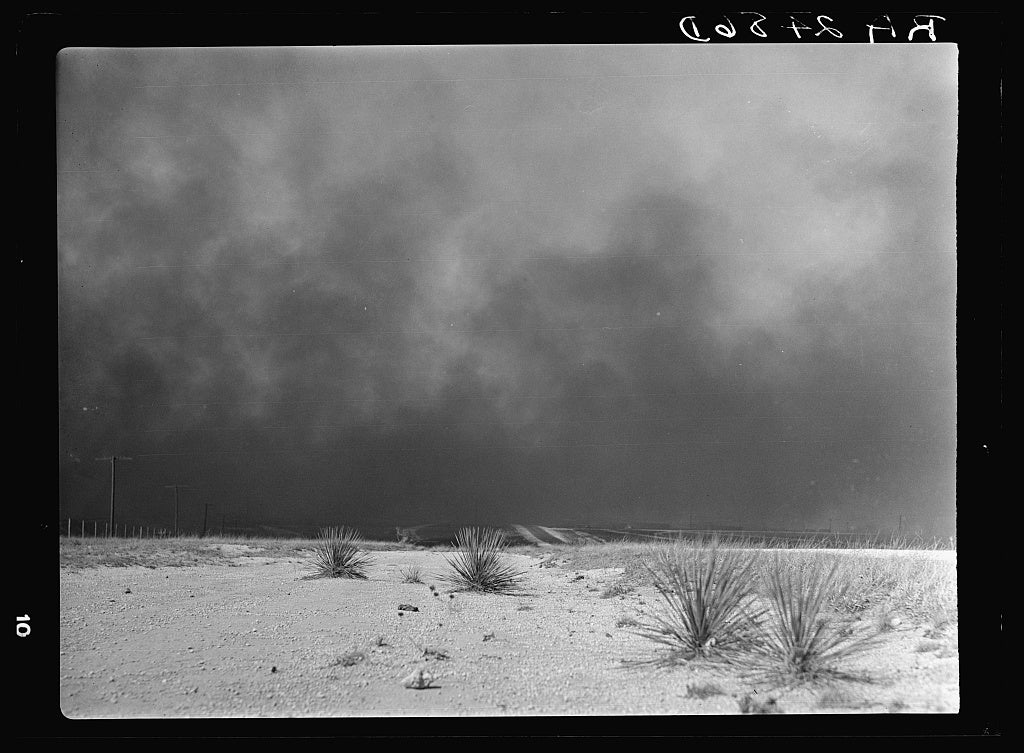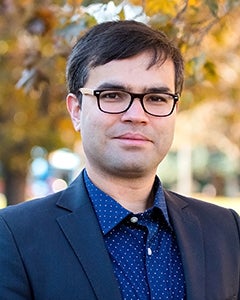
In American history textbooks, there is a chapter where just looking at the sepia-colored images leaves one’s mouth feeling dry and sandy. The Dust Bowl of the 1930s was nearly a decade of “black blizzards”, dust pneumonia, poverty, migration, unemployment, crippling economic instability, abandoned homes and farms, hunger and thirst.
Though the Dust Bowl may seem a relic of the past, current research on the past 120 years of extreme heat and drought trends indicates a very concerning outlook for the future.
In 2018, Boise State civil engineering assistant professor Mojtaba Sadegh, alongside colleagues from McGill University in Quebec, Shiraz University in Iran, University of California, Irvine and the University of Utah, set out to uncover what more than 100 years of weather and climate data could reveal about hot and dry events in America. Their research results were featured in the New York Times and the American Association for the Advancement of Science, as well as NPR.

Utilizing records from the National Oceanic and Atmospheric Administration (NOAA), the researchers used statistical and geospatial techniques to analyze droughts and heat waves recorded between 1896 and 2017. The team worked to explore the data from multiple angles; for example, they wanted to see how often spells of extreme heat and dryness coincided, and how the frequency of these events modulated over time. While extreme heat or dryness have significant impact as separate entities, when joined they can be disastrous.
“As compared to the Dust Bowl/1930s events, we observed that concurrent dry and hot events of similar intensity are becoming more frequent,” said Sadegh. “The difference is that in the 1930s, lack of precipitation led to the local atmosphere becoming hotter; whereas in recent decades, increased temperatures are driving aridity. The triggering mechanism for compound dry-hot events is changing from lack of precipitation to excess heat.”
The team observed that concurrent dry and hot events:
- are becoming more intense
- are becoming more frequent
- are spatially extending
- are clustering in connected regions.
The analysis also revealed that drought and heat waves can spread to regions downwind. Sadegh explained that this is particularly significant for inland regions of the U.S. that depend on land (as opposed to ocean) moisture sources for rain.
“This research raises an alarm about increasing frequency and intensity of compound dry and hot events. Three such events between 2011-2013 in the U.S. caused more than $60 billion in damages. Our results point to an urgent need to take action to enhance resilience to compound hot and dry events,” said Sadegh.
What does Sadegh prescribe to battle these potentially catastrophic events? Ultimately, wide-spread, decisive action and planning to create more resilient agriculture, energy and land use systems and policies.
“For example, we should adopt more efficient irrigation systems to ensure our agriculture system does not fail if a drought with the intensity of the 1930s concur in an era of ever increasing heat waves. Similarly, droughts will leave us with less water for hydropower and heat waves will put an extra load on the electric grid. We should plan ahead of time to avoid black outs. Similarly, land use policies should be developed to avoid dust bowls when such droughts occur,” said Sadegh.
This research was published in Science Advances on Sept. 23, 2020. It was supported, in part, by National Science Foundation grant (award 1840654).
-By Brianne Phillips